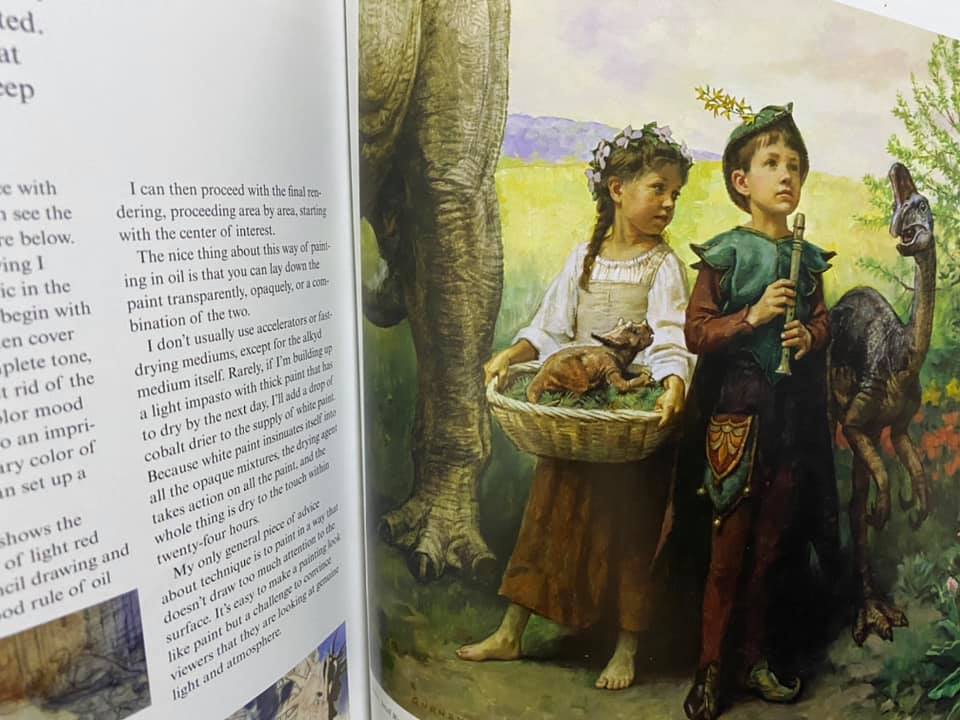

I started to discover that my separate skills of observation and imagination were beginning to grow together and to reinforce each other. All the while in my spare time I was sketching and painting from life outdoors. Later I painted science fiction paperback covers and illustrated for National Geographic magazine. Around the same time I got a job as a background painter in the film industry ( Fire and Ice, 1983). The first instructional book I cowrote was called The Artist’s Guide to Sketching (1982). For a while I kept two separate sketchbooks, one from life and the other from imagination, and I felt as if they were done by two different people. I liked to sketch from observation, but I couldn’t find many books that explained how to develop my imaginative muscles. This problem always puzzled me as a young artist. You might find some images on an Internet search, but those are just other people’s notions of what your scene should look like. You can’t just go out in your backyard and sketch a spaceship or a scene from the Odyssey. This kind of observational art training enables you to capture a likeness or to render a landscape.īut it doesn’t help you much if you want to paint a mermaid, a Tyrannosaurus rex, a Civil War battle, or a scene from an ancient civilization.įor that, you need a whole different approach. You learn first how to see and then how to paint what you see.

Even if you’re painting from a photograph, the challenge is essentially the same. The task is to learn to observe the subject accurately and arrange it into a pleasing design. ……or this plein-air landscape (9 x 12 inches). That’s how I painted this picture of a skull. When you make a still life, a portrait, or a landscape, you generally begin with the subject in front of you. Most methods of art instruction assume that you’re drawing or painting directly from observation. It is intended not only for artists interested in fantasy and science fiction but also for anyone who wants to recreate history, visualize extinct wildlife, or simply tell a story with a picture. The book explores the question of how to paint a realistic picture of something that doesn’t exist.

Long answer (adapted from the introduction):īecause it needed to be written.



 0 kommentar(er)
0 kommentar(er)
